1. Lack of Funding
One of the major issues in the Pakistani education system is the lack of sufficient funding. Pakistan spends less than 2.5% of its GDP on education, which is significantly lower than the global average. This results in poor infrastructure, lack of resources, and underpaid teachers.
2. Outdated Curriculum
The curriculum in many Pakistani schools is outdated and fails to meet the demands of modern education. It often lacks practical learning, critical thinking, and technology integration, leaving students unprepared for real-world challenges.
3. Inequality in Education
There is a significant disparity in education between urban and rural areas. While urban schools often have better facilities and qualified teachers, rural schools lack basic amenities, resulting in a gap in the quality of education.
4. Poor Teacher Training
Many teachers in Pakistan are underqualified or lack proper training. This affects the overall quality of education as they are unable to deliver lessons effectively or adapt to new teaching methodologies.
5. High Dropout Rates
Due to poverty, cultural barriers, and inadequate facilities, Pakistan has one of the highest dropout rates in the region. Many children, especially girls, leave school before completing their education.
6. Examination-Oriented System
The education system in Pakistan is heavily focused on rote memorization and examination results rather than skill development and understanding. This limits students’ ability to think critically and solve problems.
7. Insufficient Use of Technology
Despite the digital age, most schools in Pakistan lack access to modern technology and digital learning tools. This creates a gap between Pakistani students and their peers in other countries.
8. Gender Disparities
Gender inequality is a persistent issue in Pakistan’s education system. Cultural and societal norms often prevent girls from attending school, especially in rural areas.
9. Language Barrier
The medium of instruction in schools varies, with some using English and others Urdu or regional languages. This inconsistency creates confusion and affects the learning process.
10. Lack of Vocational Training
Pakistan’s education system focuses primarily on academic subjects and neglects vocational training. This limits career opportunities for students who are not academically inclined.
Conclusion
The shortcomings of the Pakistani education system require urgent attention and reform. By addressing issues such as funding, curriculum updates, and inequality, Pakistan can create an education system that equips its students with the skills and knowledge needed to thrive in the modern world. For more insights and discussions on education, visit CadetsGuru.

